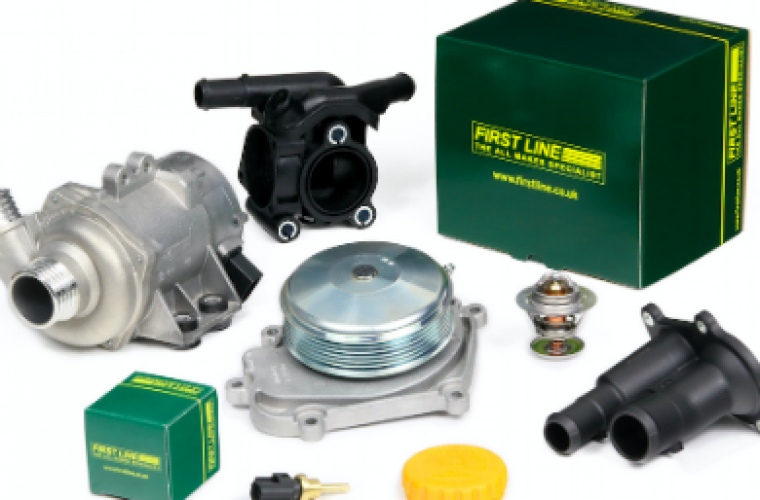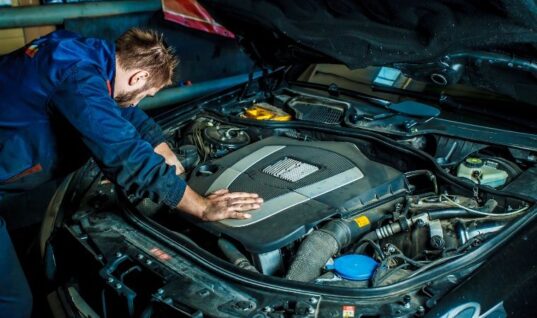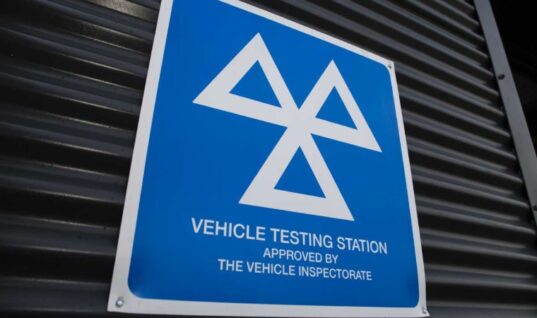Cooling systems are vital, not only on the hottest days of summer, but also when temperatures dip below freezing, as they have to be in first-class condition to ensure the health of the engine and maintain its optimum efficiency when it comes to fuel consumption and emissions.
As vehicle manufacturers seek to meet the emission and fuel consumption targets demanded by the European Union, many of the components they use are designed to help reduce the overall weight of the vehicle.![]()
Fractures
As a result many thermostat housings are now made of plastic, which while effective in reducing kerb weight can be prone to fracture as they age.
Check for the tell-tale signs of a fracture, which will not necessarily reveal itself as a pool of coolant on the workshop floor, but more likely as a shiny residue left on the engine surface where the coolant has run and has been evaporated by the heat from the engine.
Sometimes it can run into the engine under tray, which means that the first the driver will know about the problem is when the temperature gauge on the dash rises sharply toward the red zone.![]()
Check for cracks
Coolant flanges should always be on the list of pre-winter service checks, as these are a key component of any cooling system, being the dividing point at which the coolant is routed according to directions from the thermostat.
They can also be vulnerable when technicians are removing hoses during maintenance work and a damaged flange can lead to reduced efficiency of the coolant system, through overheating, with the resultant risk of engine damage.![]()
How to choose coolant
When considering which coolant to use, there is no longer such a thing as one product suiting all, as there are different types of coolant according to the vehicle manufacturer’s specification.
All coolants must be able to operate well above 100°C and therefore avoid cavitation, which is caused when vapour bubbles form, due either to a sharp increase in coolant temperature or a drop in coolant pressure, or both, and leads to a reduced rate of flow around the cooling system.
Crucially for winter, the use of the correct coolant will also ensure that it does not freeze in extremely cold conditions.
Under its highly respected First Line brand, the First Line Group stocks a comprehensive range of cooling components consisting of nearly 800 types of water pump, more than 320 thermostats, 65 thermostat temperature senders and 86 coolant flanges.
For more information about the premium quality products available from the First Line Group, call 01869 248484 or click ‘more details’ below.







